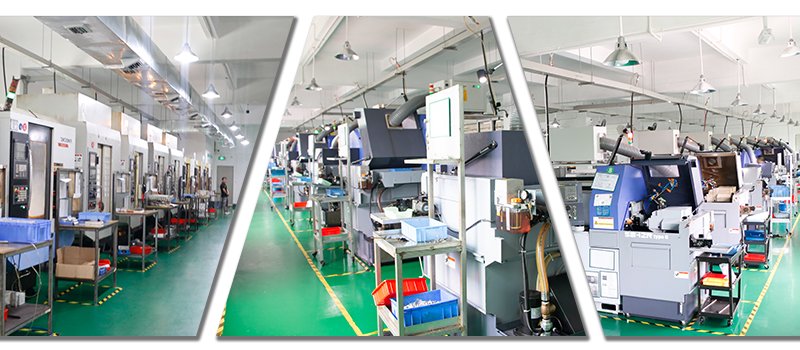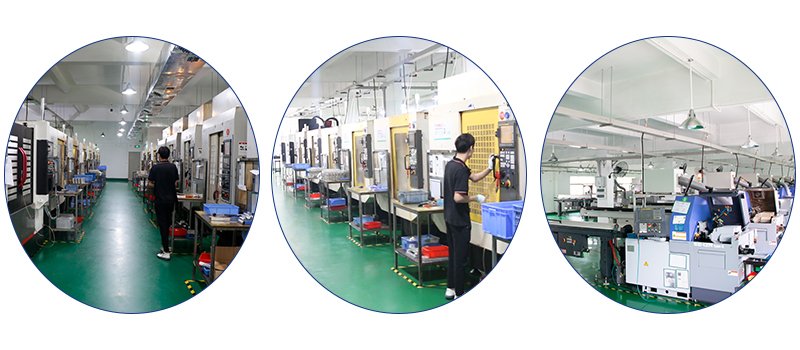Fishing reels are more than just tools for anglers—they’re an extension of skill, passion, and precision. As someone deeply involved in the CNC machining industry at YL-Machining, I’ve had the privilege of witnessing how CNC technology revolutionizes the creation of fishing reel components. By addressing common challenges like weight, strength, and durability, CNC machining ensures fishing reels are lightweight yet robust enough to handle even the toughest catches.
In this article, I’ll share how CNC machining not only enhances the performance of fishing reels but also overcomes production bottlenecks like quality control issues, delivery delays, and surface treatment inconsistencies.
The Importance of Balancing Weight and Strength in Fishing Reels
Have you ever struggled with a fishing reel that was too heavy to handle during long hours, or one that failed to withstand the pressure of a strong fish? These scenarios highlight why weight and strength are critical factors.
CNC machining excels in optimizing fishing reel parts by addressing:
- Weight Reduction: Precision cutting ensures that only the necessary material remains, reducing unnecessary bulk.
- Strength Retention: High-grade materials are machined to achieve durability without compromising on weight.
- Design Optimization: Complex shapes and features that improve performance are achievable through CNC machining.
The result? A reel that feels just right in your hands and performs exceptionally under stress.
CNC Machining Materials: Achieving the Perfect Balance
The materials used in fishing reel components play a pivotal role in determining their weight and strength. With CNC machining, manufacturers can process a variety of high-performance materials, each with unique advantages.
1. Aluminum Alloys
Aluminum is a favorite in fishing reel manufacturing due to its lightweight and corrosion-resistant properties. CNC machining allows us to fine-tune aluminum parts, creating:
- Lightweight Frames: Ideal for reducing fatigue during long fishing trips.
- Durable Structures: Aluminum alloys like 6061 and 7075 offer excellent strength-to-weight ratios, ensuring long-lasting performance.
For example, we often use CNC machining to hollow out internal structures without compromising external rigidity, achieving a significant reduction in weight.
2. Stainless Steel and Titanium
When strength is the priority, materials like stainless steel and titanium are unmatched.
- Stainless Steel: Offers resistance to rust and immense durability, making it ideal for saltwater environments.
- Titanium: Known for its superior strength-to-weight ratio, titanium is a premium choice for high-performance fishing reels.
Using CNC machining, these materials can be shaped with unparalleled accuracy, ensuring each component fits perfectly into the final assembly.
3. Carbon Fiber
For cutting-edge lightweight performance, carbon fiber is the material of choice. Though challenging to machine, CNC technology enables precise shaping of carbon fiber components, producing reels that are both light and extremely rigid.
Key Components CNC Machining Improves in Fishing Reels
Fishing reels consist of numerous interdependent parts, and CNC machining elevates the performance of each. Let’s break down the most critical components:
1. Frames and Housings
The frame is the backbone of any fishing reel. CNC machining ensures frames are not only lightweight but also capable of withstanding external forces.
- Precision Engineering: CNC machines cut and mold frames with micrometer-level accuracy, ensuring a perfect fit for internal components.
- Enhanced Durability: Materials like aluminum or titanium are machined to reinforce stress points, preventing warping or cracking.
2. Gears and Spools
Gears and spools require incredible precision to function smoothly. Poorly machined gears can cause frustrating malfunctions, but CNC machining eliminates this risk by:
- Ensuring Perfect Meshing: Gears are machined to exact specifications for smooth operation.
- Optimizing Weight Distribution: Spools are lightweight yet sturdy, ensuring proper casting and retrieval balance.
3. Handles and Knobs
Even small details like handles and knobs matter when it comes to user experience. CNC machining allows us to create ergonomic designs that:
- Feel Comfortable: Custom shaping improves grip and reduces fatigue.
- Enhance Durability: High-quality materials ensure these parts can withstand wear and tear.
Overcoming Common Challenges in Fishing Reel Production
As manufacturers, we understand the frustrations our clients face. Here’s how CNC machining tackles common issues:
1. Tight Delivery Deadlines
Through automated processes and minimal human intervention, CNC machining speeds up production while maintaining accuracy. Even for complex components, we can meet tight deadlines without compromising on quality.
2. Quality Control Issues
With CNC machining, precision is guaranteed. Each part is crafted to exact specifications, minimizing defects and ensuring consistent quality across batches.
3. Surface Treatment Inconsistencies
From anodizing to polishing, CNC-machined parts are prepped for flawless surface finishes. This ensures fishing reels not only perform well but also look great.
The Role of CNC Machining in Innovation
Fishing reel designs continue to evolve, and CNC machining is at the forefront of this innovation. Advanced software and machining techniques allow us to:
- Create Custom Designs: Anglers seeking personalized reels can benefit from CNC machining’s flexibility.
- Incorporate Advanced Features: Features like drag systems and anti-reverse mechanisms are seamlessly integrated into designs.
- Optimize for Specific Needs: From ultralight freshwater reels to heavy-duty saltwater reels, CNC machining adapts to various requirements.
Conclusion: Why CNC Machining is the Future of Fishing Reels
As I’ve seen at YL-Machining, CNC machining is more than just a manufacturing method—it’s a solution to the challenges anglers and manufacturers face. By optimizing fishing reel components for weight, strength, and performance, CNC machining ensures a superior product every time.
So, the next time you pick up a fishing reel that feels like an extension of your hand, remember the precision and innovation that went into its creation. And if you’re looking for a reliable CNC machining partner to bring your designs to life, we at YL-Machining are here to help.
Have you faced challenges with fishing reel components? Let us know how CNC machining could help solve your problem!






